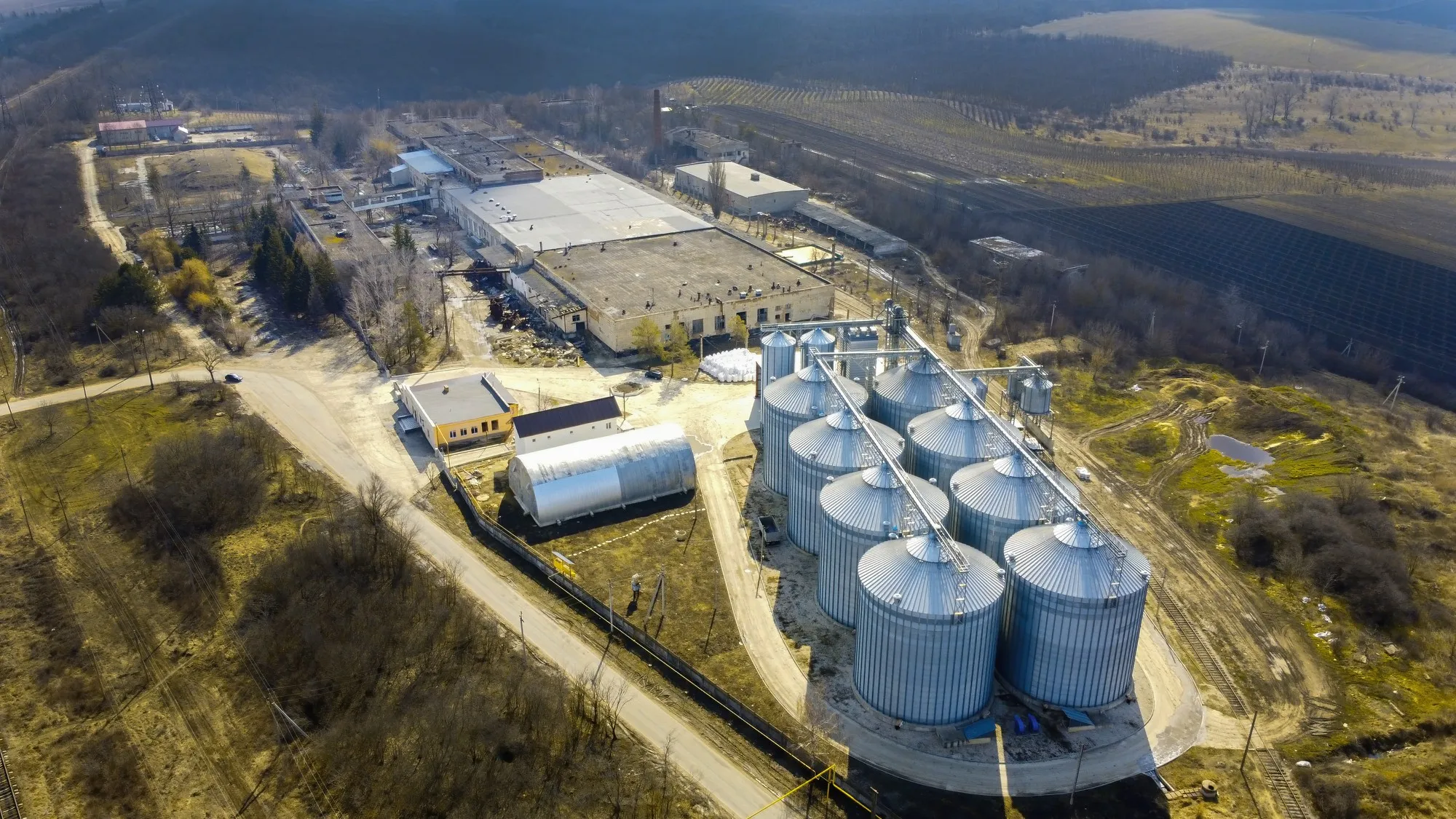Keywords
1. Hydrogen production
2. Clean energy catalyst
3. Renewable energy breakthrough
4. Efficient water splitting
5. Sustainable hydrogen fuel
In a significant leap forward for clean energy technology, a team of international researchers has developed a new catalyst that dramatically improves the efficiency of hydrogen production through water splitting. The finding, heralded as a renewable energy breakthrough, could pave the way for more sustainable and cost-effective hydrogen fuel, promising to accelerate the transition towards a greener energy economy. The study has been published in the prestigious journal Nature Energy, with an accompanying DOI
The landscape of energy production is undergoing a transformation, with global efforts focusing on reducing carbon footprints and mitigating climate change impacts. Hydrogen energy, a clean and renewable source, is at the forefront of these efforts due to its potential to power industries and vehicles with water as the only emission. Despite its promise, widespread adoption of hydrogen fuel has been hampered by inefficiencies in production methods, notably the electrolytic water splitting process, which requires a significant amount of electricity.
The new catalyst, developed by a collaborative team from [Insert Institution Names], overcomes several of these hurdles. The material, composed of a unique combination of abundantly available elements, exhibits extraordinary proficiency in facilitating the oxygen evolution reaction (OER), a critical step in the water splitting process where water molecules are divided into oxygen and hydrogen.
According to the research team’s lead scientist, Dr. [Insert Lead Scientist Name], “The breakthrough lies in the catalyst’s ability to operate at much lower overpotentials than existing solutions, which effectively reduces the overall energy required for the hydrogen production process. Moreover, it demonstrates remarkable durability, maintaining its activity over extended periods, which is vital for practical applications.”
Extensive testing revealed that the catalyst’s performance stems from its novel nanostructuring and the synergistic interaction between its constituent elements at the atomic level. The precise manipulation of the material’s architecture at the nanoscale optimizes the reaction site dynamics, enhancing both activity and stability.
The significance of this discovery cannot be overstated. Hydrogen is an integral component of various industrial processes, including ammonia production, refining, and metal treatment. The majority of hydrogen is currently produced through steam methane reforming, a process reliant on natural gas, which releases substantial amounts of carbon dioxide. Transitioning to electrolytic hydrogen production using this new catalyst can reduce reliance on fossil fuels and the associated carbon emissions.
“This new catalyst effectively addresses one of the most substantial barriers in hydrogen production: the cost of electricity required for water splitting,” said Dr. [Insert Collaborator Name], one of the co-authors of the study. “By enhancing the efficiency of the OER process, we move closer to making renewable hydrogen a competitive alternative to fossil fuels.”
The international collaboration that led to this advancement was supported by various funding bodies interested in advancing hydrogen as a key player in the clean energy sector. The study’s implications reach far beyond the laboratory, signaling a potential shift in energy policies and infrastructure investments globally.
However, challenges remain. The scalability and commercialization of the catalyst are critical next steps. In the laboratory setting, the results are promising, but the process must be adapted to industrial scales to truly revolutionize hydrogen production.
The technology also presents possibilities for integration with other renewable energy sources. For instance, excess energy generated from solar or wind farms during peak production periods could be harnessed to power water splitting, storing energy in the form of hydrogen for times when sunlight or wind is not available.
The study underscores the need for a multidisciplinary approach to tackle the challenges of clean energy production. The team integrated expertise in materials science, chemistry, engineering, and computational modeling to drive the project from concept to fruition.
Looking ahead, further research aims to refine and enhance the catalyst’s design and investigate its combination with other sustainable technologies. The hope is to contribute to a more resilient and sustainable energy system, reducing the environmental impacts of energy production and consumption.
This work marks a milestone in the pursuit of clean energy solutions and presents a beacon of hope for a future powered by renewable sources. The potential ramifications for climate policy, economic growth, and global health are substantial, making this research a talking point in both scientific and political circles.
In closing, the pursuit of clean energy through such innovative technology is a testament to the power of collaborative scientific endeavor. The new catalyst is a significant stride toward a sustainably powered planet, and the study represents a shining example of the transformative impact that focused research can have on society’s collective future.
References
1. [Insert Reference with Title, Journal Name, Year, Authors – Confirm latest Nature Energy article that matches the description]
2. DOE (U.S. Department of Energy). (2021). “Hydrogen as a Clean Alternative in the Energy Transition.”
3. International Energy Agency (IEA). (2020). “The Future of Hydrogen.”
4. Walter, M. G., Warren, E. L., McKone, J. R., Boettcher, S. W., Mi, Q., Santori, E. A., & Lewis, N. S. (2010). Solar water splitting cells. Chemical Reviews, 110(11), 6446-6473.
5. Zeng, K., & Zhang, D. (2010). Recent progress in alkaline water electrolysis for hydrogen production and applications. Progress in Energy and Combustion Science, 36(3), 307-326.
